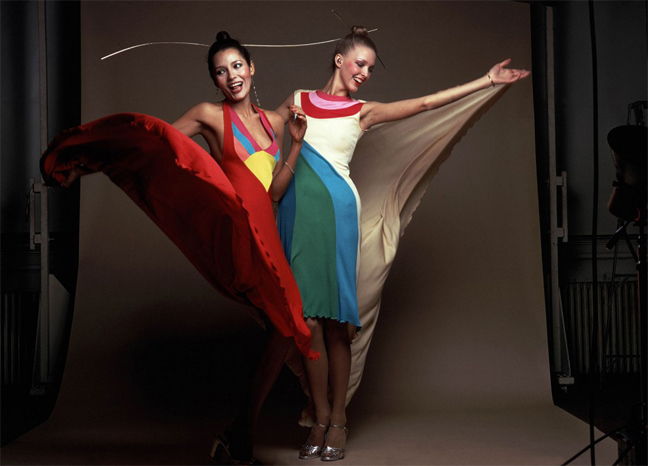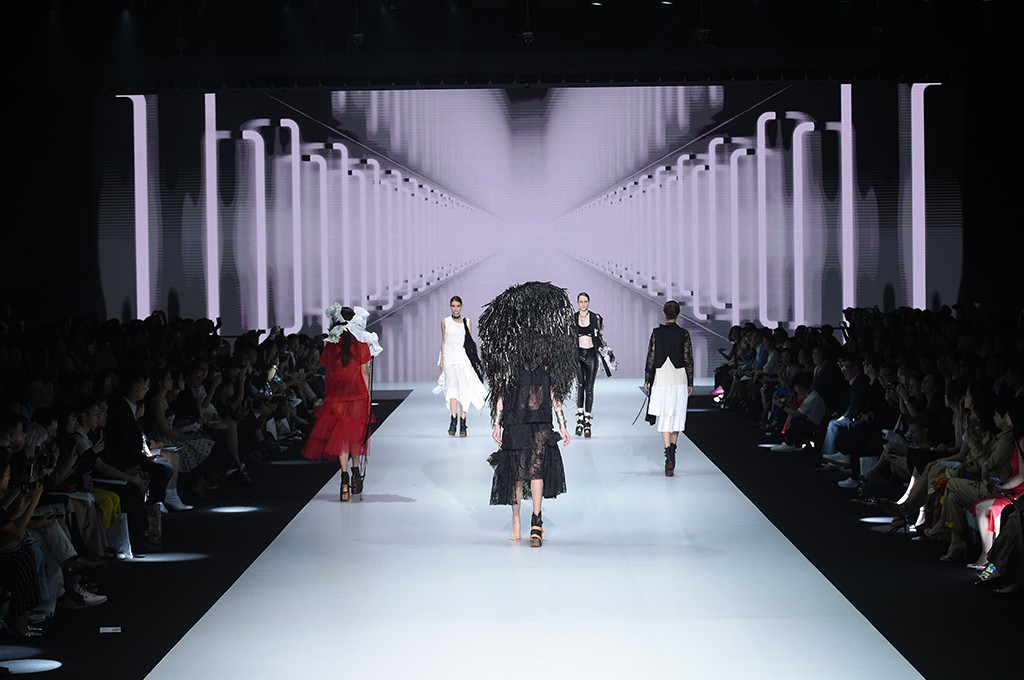
The fashion industry has a problem with race.
This statement surprises no one, as it is one of the most obvious statements in the history of obvious statements. But in light of a renewed determination around the globe to revisit the narrative of issues pertaining to race, we need to begin to look at what the fashion industry has done to contribute to systemic racism. We at Manic Metallic welcome this very necessary conversation and are thankful to everyone that has contributed to it so far – and that will hopefully continue to do so in the future.
Let’s take a specific look at the American fashion industry and its treatment of African-Americans – but first, a brief history lesson.

The United States is a good place to start looking at these issues because it is the country from which the George Floyd protests originated. It is a country that has a massively complicated relationship with race. People of African descent arrived on American soil against their will centuries ago – 1619 is popularly accepted as the exact year, though it’s possible that it was sooner – as slaves. Slavery ended by law in the US in 1863 and ended in practice in 1865.
Since then, African-Americans have lived through Reconstruction, Jim Crow laws in the southern US, and the associated problems that have come from years of oppression – poverty, less access to quality educational institutions, housing discrimination, job discrimination, and the list goes on.
Let’s get back to where the American fashion industry fits in here.

What strikes us as very curious is how this industry continually profits off of Black culture while diminishing Black voices. Hip hop music has had an outsized level of influence on fashion trends for decades, for example, but yet the industry does not see it fit to promote the talent of Black designers.


You might say, “But Virgil Abloh was appointed the artistic director of Louis Vuitton in 2018 (in addition to designing his own line)! Telfar Clemens was the CFDA/Vogue Fashion Fund winner in 2017! Kerby Jean-Raymond of Pyer Moss won that same award the very next year in 2018! Surely, we’re making progress.” And yes, those are large steps in the right direction. However, It is only a start.
How about African-American (since we’re speaking about the US) fashion editors? Or African American hairstylists? African-American makeup artists? Stylists? Models? Publicists? Agents? Critics? Our point is that the entire fashion industry needs to change how it values the talent of African-American voices that show up to contribute. To value their culture without valuing their input on steering the fashion industry forward in the many aspects that fashion encompasses makes the industry seem disingenuous when it says that “black lives matter”.

“Black Lives Matter”, to us, means that Black voices matter. Black careers matter. Black fashion matters. What does not matter are your feelings about whether there is value to black lives. This is not up for debate.
Perhaps you believe that it would make your professional life a lot more difficult to hire Black employees/creatives because it’d mean having to face difficult questions about diversity and inclusion on a day-to-day basis – questions for which you simply do not want to make the time. Or, perhaps you fear a loss of power if you allow the voices of African-Americans and other people of color to be heard.
Or maybe you actually do want to do the right thing, but you just don’t know where to start.
Our contribution to the conversation is this: to ask our counterparts in the fashion industry to examine their inherent biases, and to not shy away from doing the work to challenge – and change – those biases. Over the next couple of days, Manic Metallic will be spotlighting important African-American figures in the fashion industry, both past and present, on our website as well as our social media profiles.
What both filled us with awe and left us with disappointment throughout our research is that there is so much African-American fashion talent that exists already that simply does not get the attention that it deserves. We want to introduce those figures to you that you don’t know, and re-introduce those to you with whom you’re already familiar. If we miss anyone, do let us know. We’re looking to learn, just like everyone else.
To subscribe to Manic Metallic‘s Substack newsletter, click here. To follow us on Bluesky, click here.

